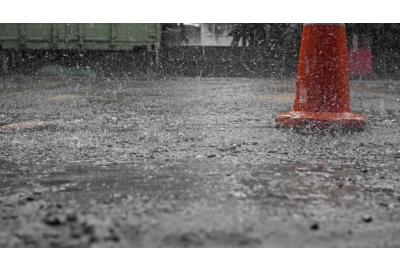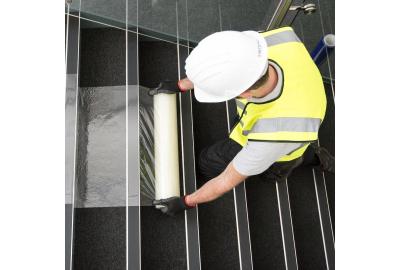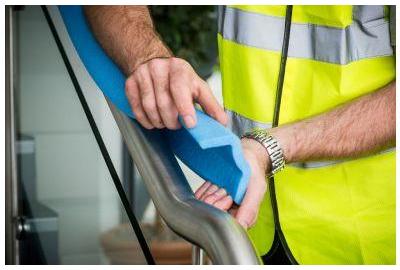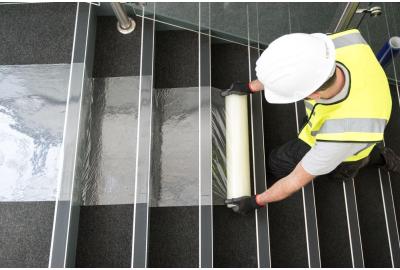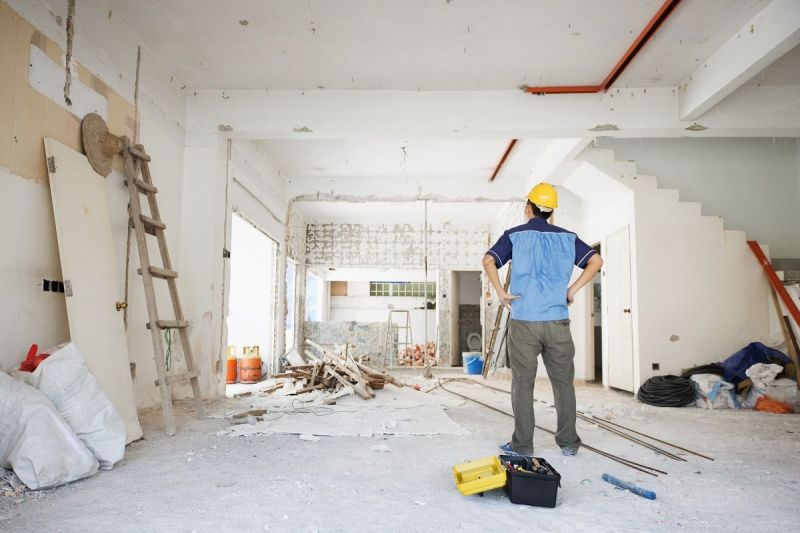Whether you are refitting a yacht or building a cruise liner, it’s important to have the right temporary protection materials in place. There are a number of considerations to make and products to use to ensure your marine vessel isn’t damaged during upcoming works. With the right materials, however, you can look forward to a successful project that all parties will be pleased with. This guide to temporary marine surface protection will get you off to a great start.
The importance of temporary marine surface protection
Temporary protection materials play a key role in preserving ship aesthetics and functionality during a variety of works. You might be working with hot tools, for example, that could damage a surface. Or you might be moving heavy machinery that could potentially scuff or chip delicate floors.
Temporary marine protection will not only help ships and boats look their best, but it is also an important cost-saving strategy that will pay off in the long run. If you fail to properly protect surfaces during your marine project, you could be faced with expensive repairs.
READ ALSO: Temporary surface protection for delicate finishe
Surfaces requiring temporary protection
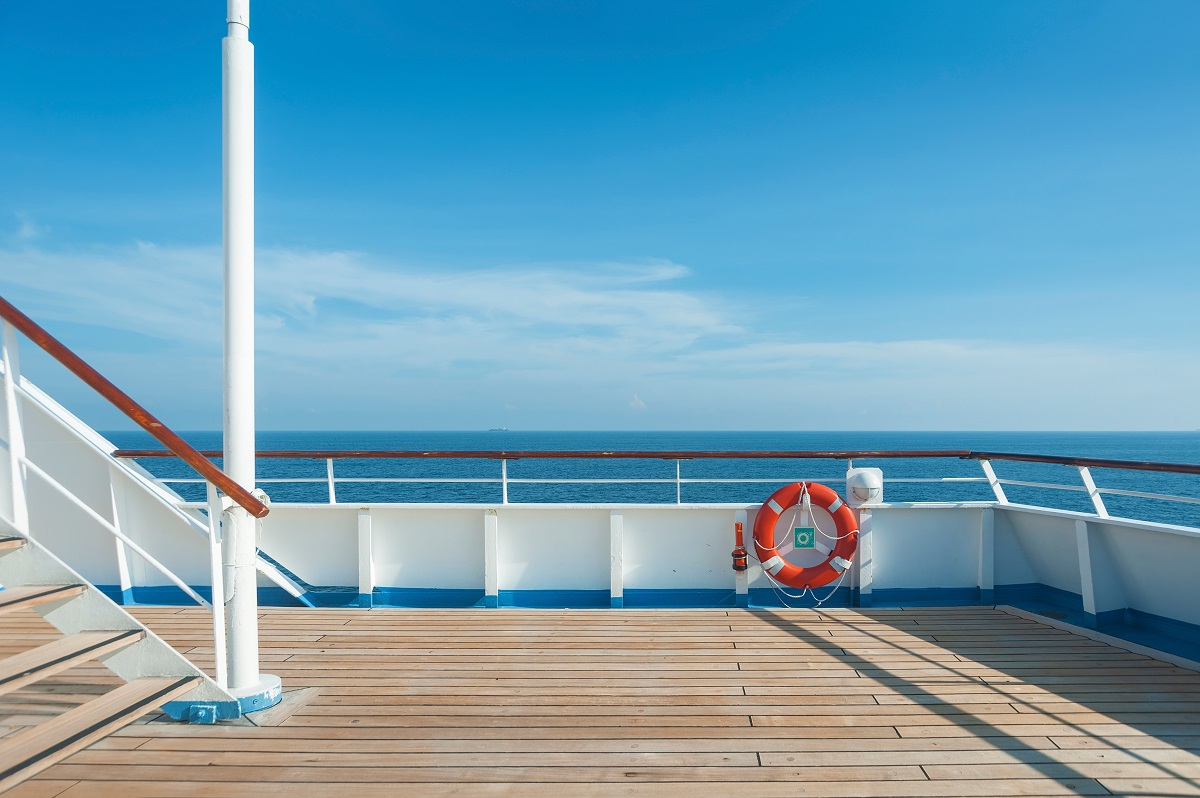

Boats, ships, and other marine vessels have a wide range of surfaces that need protection during any building or refitting works. These range from areas that receive heavy foot traffic to delicate finishes that need to look their best.
Decks
A ship’s deck can require various building, refitting, or repair works, including structural repairs, surface refinishing, equipment installation, and pipe/cable routing. These works are common due to regular maintenance and upgrades needed by marine vessels over time.
Temporary protection materials such as rubber mats and correx protection sheets are therefore invaluable during any such activities. They will help preserve the deck surface from damage, enhance safety for workers by providing traction, contain debris and contaminants, and minimise impact on the environment by preventing spills. Ultimately, temporary marine protection materials ensure the efficient and safe execution of works while preserving a deck's integrity, functionality, and aesthetics.
READ ALSO: How to choose the right temporary protection materials
Interior Finishes
Ships are full of delicate interior finishes that can be at risk during construction or refurbishment. Such projects can include refurbishing cabin interiors, upgrading common areas, installing new fixtures, and repairing damaged surfaces. Temporary protection materials help prevent damage from construction debris, spills, or accidental impacts, preserving surfaces such as walls, floors, ceilings, and furnishings.
Temporary protection materials such as carpet protection film for floors and foam guards for corner protection provide a vital barrier, ensuring that interior finishes remain intact and pristine throughout the works being undertaken. These are areas that not only need to be safe but often need to look their best, especially for ships entertaining guests.
Stairs and doors
Stairs and doors see a lot of foot traffic during repair projects due to workers carrying heavy equipment and bulky objects to where they need to go. This can lead to scuffs, scrapes, and other accidents that could easily be avoided by using the proper protection.
For example, fire-retardant door sleeves provide cost-effective protection from dust, dirt, paint and mortar splashes, while stair tread protectors can ensure that steps are protected from dropped equipment and heavy loads.
READ ALSO: The benefits of fire-retardant temporary protection
Best practices for temporary surface protection
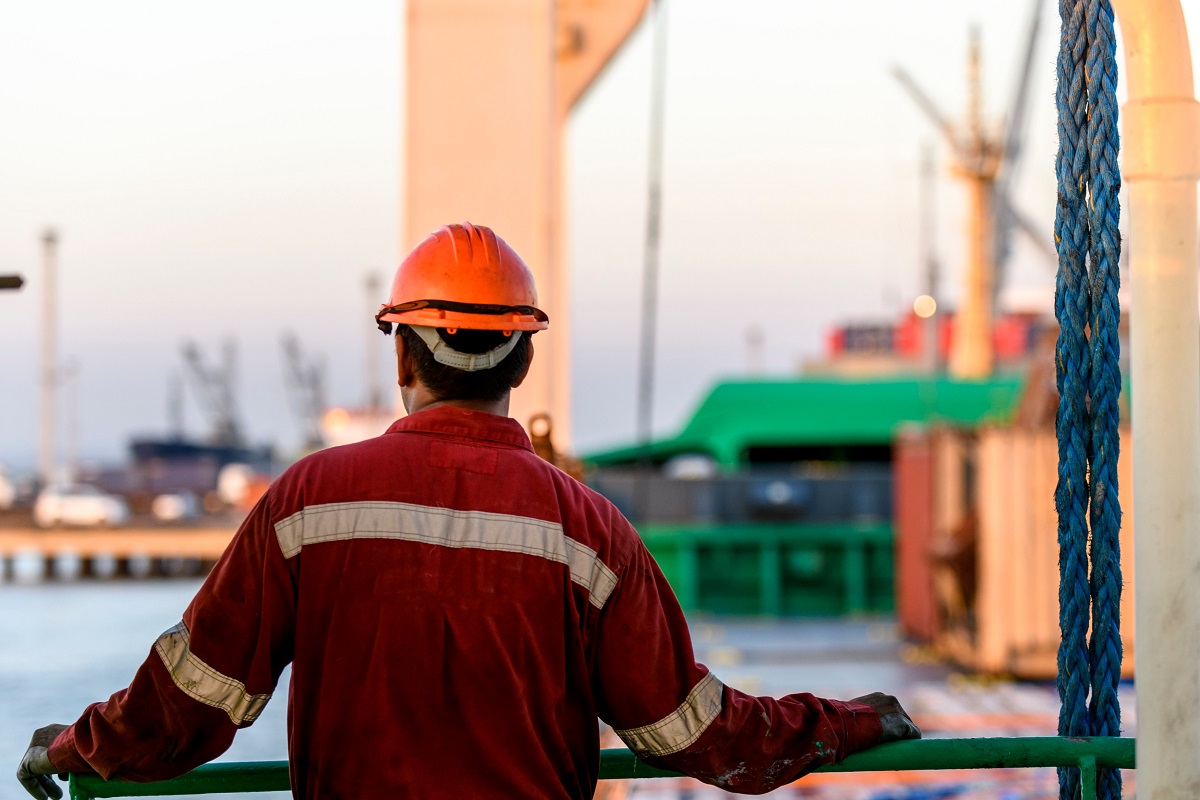

- Proper surface preparation: Before you apply protection materials, thoroughly clean the surface, repair existing damage, and ensure the surface is dry.
- Regular inspection and maintenance: Schedule regular inspections of your temporary protection materials and make any repairs or replacements where necessary.
- Environmental considerations and proper disposal: Choose environmentally friendly protection materials that can be reused and disposed of following local waste management guidelines.
READ ALSO: Benefits of reusable temporary protection products
Temporary protection techniques and products
Depending on your project or budget, there a couple of options when it comes to temporary protection for the marine industry.
Temporary coverings
Temporary coverings come in all shapes and sizes and can be bought as standard to help you during a project. Depending on what you need to protect, you can get a type of covering that will keep your surfaces safe.
For example, floor protection like polythene sheeting will mean that everything from outdoor decking to indoor carpets is well looked after. Window protection film will prevent any cracks from occurring during the project, and fire-resistant fleece is perfect for wrapping around awkward objects.
Temporary coverings can be self-adhesive, meaning they stick to the surface without any extra tacking, or they can require tape to keep them safely in place. These materials have the benefit of being quick and easy to install and can often be reused in the future.
Custom solutions
There is also the option of custom-designed temporary protection solutions that are tailored to your specific vessel’s requirements. This can be a good route to go down for a unique project that falls outside the scope of typical temporary protection materials.
If this is something you are interested in, Beck is able to offer such bespoke protection solutions, along with our existing line of temporary protection products. From a review of your current protection processes to advice on improvements and custom labelling on your chosen products, Beck has got you covered.
Contact us today to discuss your project, or browse our website for temporary marine protection materials.


